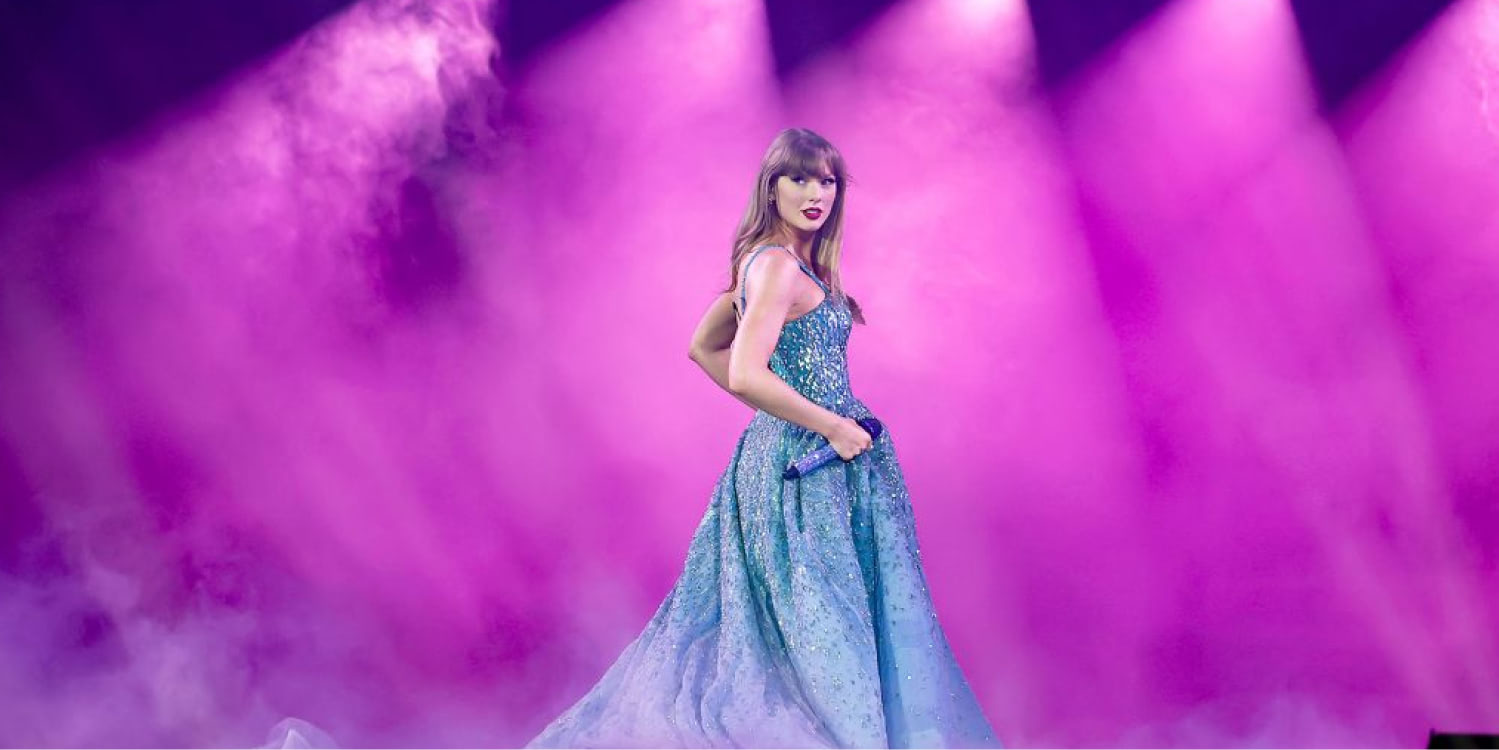
The following is excerpted from an online article posted by ScienceDaily.
Teenagers who take part in arts and cultural activities, such as dance, drama, reading, and going to concerts, are less likely to engage in antisocial and criminalized behavior up to two years later, according to a new study by UCL (University College London) and University of Florida researchers.
For the peer-reviewed study, published in the Journal of Youth and Adolescence (JOYO), researchers looked at data from more than 25,000 teenagers in the United States who had filled out questionnaires over several years.
They measured the teenagers’ overall engagement with arts activities based on a wide range of factors, from involvement in school clubs, orchestras, choirs, and arts classes outside school, to whether they had visited museums or been to concerts, or read on their own.
They found that the more of these activities the teenagers were involved in, the less likely they were to report being engaged in antisocial behavior — ranging from misbehaving at school, to getting into fights, to criminalized behavior such as stealing and selling drugs — both at the time of the first survey and when they were asked again about antisocial behavior one and two years later.
The team also found that teenagers and young people who were more engaged in the arts were likely to have better self-control scores and view antisocial behavior negatively. These outcomes have previously been found to make young people less likely to engage in antisocial and criminalized behaviors.
Senior author Dr. Daisy Fancourt (UCL Institute of Epidemiology & Health Care) said: “Past research has shown that getting involved in the arts can have a big impact on teenagers’ mental health and wellbeing.
“Our study adds to evidence about the wide-ranging benefits that arts and culture can have for young people, demonstrating a positive link between the arts and a lower prevalence of antisocial behavior.”
Source: ScienceDaily
https://www.sciencedaily.com/releases/2022/03/220322221841.htm

 TikTok Skin-Care Trends May Be Harming Teens
TikTok Skin-Care Trends May Be Harming Teens  What’s Hot? 10/3/25
What’s Hot? 10/3/25  Boosting Teen Self-Esteem and Health Through Leisure Time
Boosting Teen Self-Esteem and Health Through Leisure Time